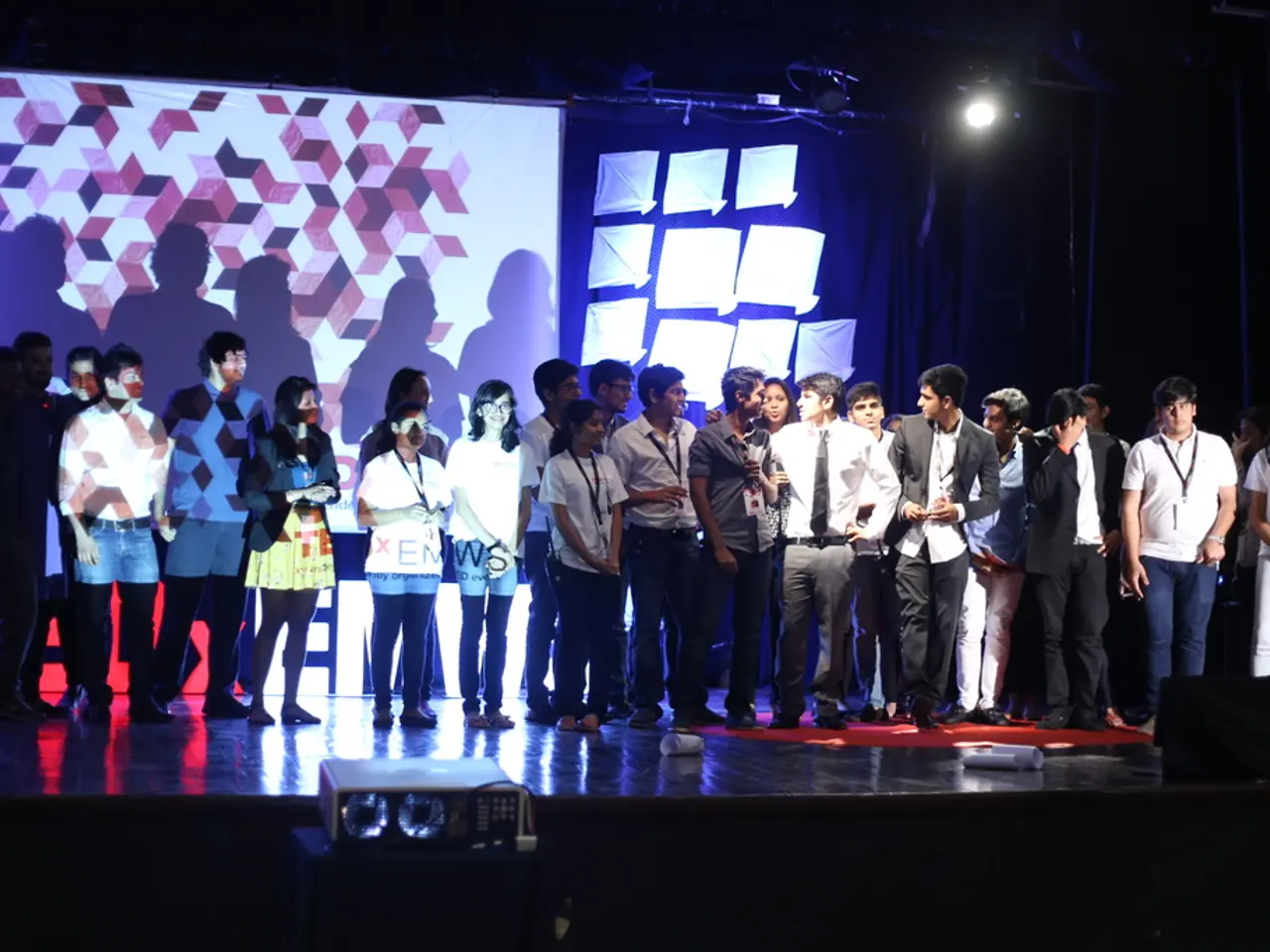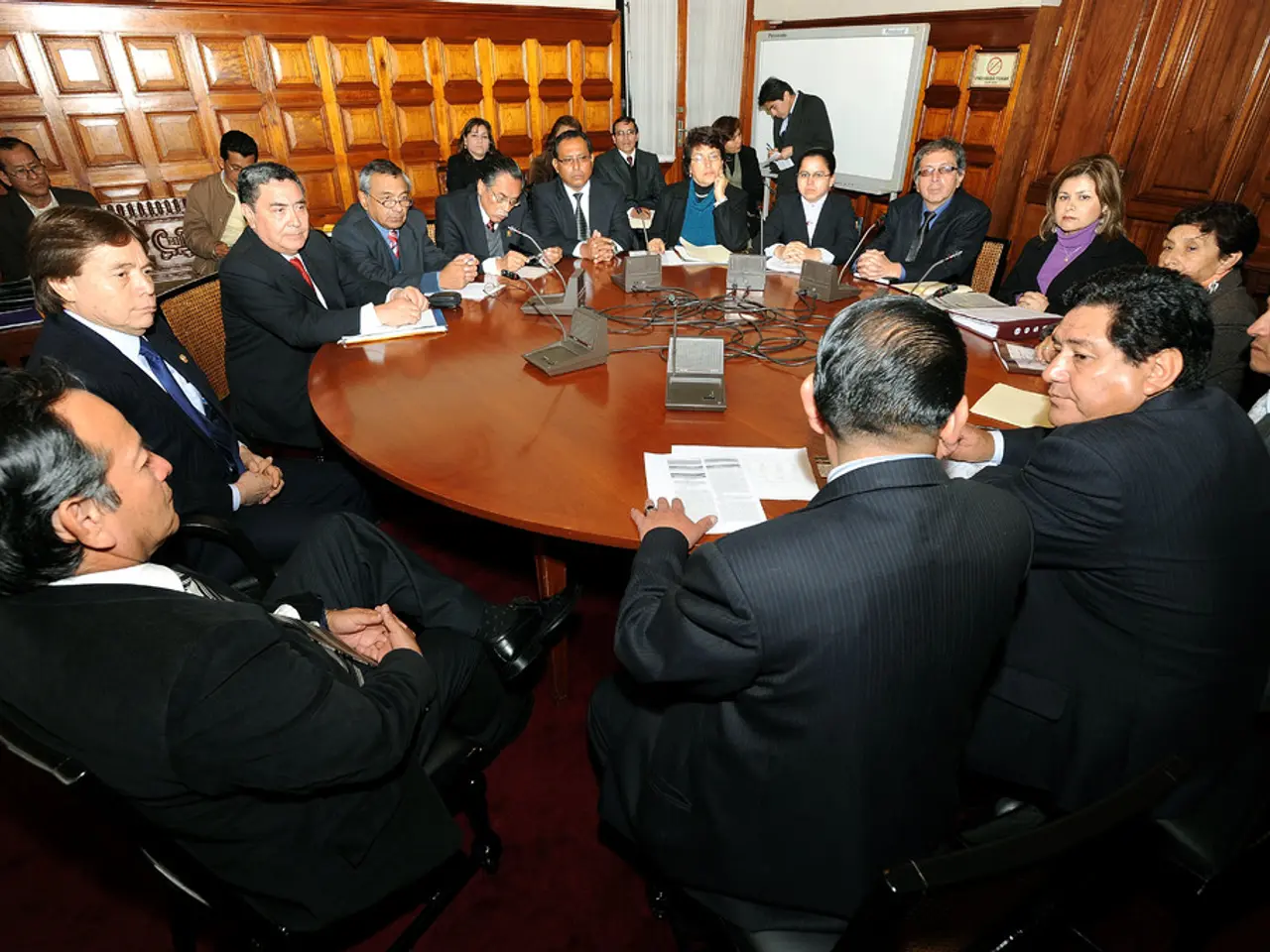Crisis Insights: Key Lessons Learned from Recent Emergencies
Fifty years ago, in 1975, India found itself in the midst of a significant historical event – the Proclamation of Emergency. This period, which lasted until 1977, serves as a compelling case study for understanding the concept of "new despotism," a form of authoritarianism that cloaks itself in legality rather than overt dictatorship.
During the Emergency, Prime Minister Indira Gandhi invoked Article 352 of the Indian Constitution, citing "internal disturbance," to declare a nationwide Emergency. This move granted her sweeping powers, allowing her to suspend civil liberties, censor the press, postpone elections, and rule by decree. This use of constitutional and legal mechanisms to dismantle democratic checks and balances exemplifies the "new despotism" tactic[1][4].
The Emergency also saw the suppression of opposition and media, with over 100,000 political opponents, journalists, and dissenters being imprisoned without trial, and extensive censorship that silenced critical voices[1][4]. This suppression underlines the despotism's reliance not only on legal mechanisms but also on controlling information and political pluralism, a hallmark of modern authoritarian regimes.
The complicity or accommodation by various societal actors, including sections of the judiciary, media, politicians, and even some opposition groups like RSS leadership who negotiated support in exchange for easing repression, reflects how new despotism can be facilitated by broader political culture compromises rather than outright military or forceful coups[2][3].
Scholars argue that the Emergency was not just a temporary aberration but a concentrated example of a style of governance characterized by centralization of power, personality cult (Indira Gandhi's "strong woman" narrative), and coercive state apparatus – elements that persist in various forms in India’s later political developments and offer insights into authoritarian resilience in democracies[2].
The Emergency underscores how democracies, especially those with weak institutional checks, can be vulnerable to authoritarian backsliding through legal manipulation and creeping centralization of power. Its legacy continues to inform analyses of democratic erosion and resilience in India and beyond[1][2][3][4].
Fast forward to 2024, and the world is witnessing a global democratic recession, with 42 countries slipping into autocratisation[4]. This context makes the Indian Emergency of 1975-77 even more relevant, as it provides a stark historical example of how democratic systems can be subverted from within.
References: [1] Chhibber, P., & Kollmann, N. (2011). The New Despotism: Third World Politics and the Rise of the Strong State. Cambridge University Press. [2] Jaffrelot, C. (2016). The Indian Emergency: A Reassessment. Oxford University Press. [3] Rudolph, L. M., & Rudolph, S. L. (1987). Ideologies of the Raj: The Political Thought of Colonial India. Cambridge University Press. [4] Diamond, L. (2014). The Spirit of Democracy: The Struggle to Build Free Societies Throughout the World. Yale University Press.
In 1975, India's Prime Minister Indira Gandhi invoked Article 352, suspending civil liberties and censoring the press, demonstrating the use of legal mechanisms in the "new despotism" tactic during the Proclamation of Emergency. The suppression of opposition and media underlined the despotism's reliance on controlling information and political pluralism, reflecting how new despotism can be facilitated by societal actor compromises. The Emergency serves as a compelling historical example of democratic systems being subverted from within, making it highly relevant in today's global democratic recession, where 42 countries have slipped into autocratisation.





